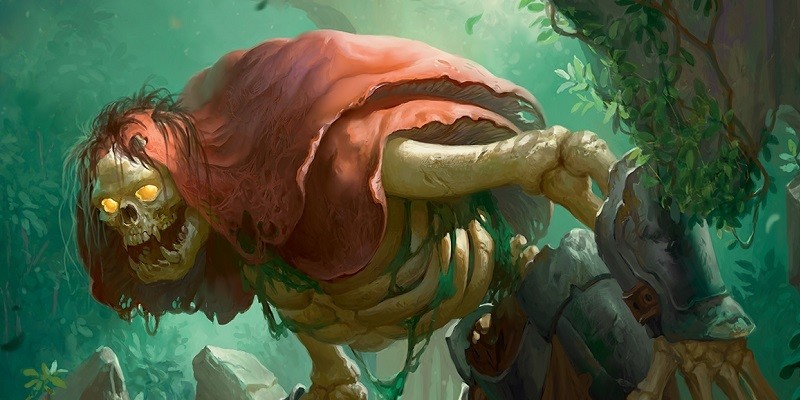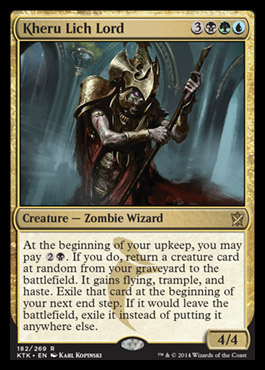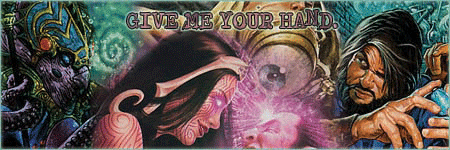

Essentially, the game plan of an Aggro deck is to play creatures, also called threats, and attack the opponent’s life total quickly and efficiently enough to reduce it to zero before they can enact their own strategy.

We’ve created a separate guide that will help you learn these terms as well – check it out at the link below:Īggressive decks, usually shortened to just “aggro,” are a staple in every format of Magic since its inception. Afterwards, you will find an alphabetical glossary of the archetypes you will see listed here on MTG Meta and our other site MTG Arena Zone.Ī deck’s colors also have their own naming conventions as well. We’re going to first define those major archetypes, as they are the ones that you will see the most often. There are hundreds of different archetypes in Magic’s many formats, but there are a handful of blanket terms that can apply to the majority of decks. If you’re a new player, you may want to check out that guide first and/or keep it open for reference as we continue. We also have a separate guide that details all of the names for the color combinations in Magic and where those names come from. Players sometimes come up with their own special names for their deck, but more often, especially in more competitive circles, decks will simply be identified based on what archetype they fall into and the colors that are in the deck. This guide is focused on how Magic players typically name or describe decks.

In an attempt to help players overcome this hurdle, we have created guides that lay out as many of these terms as possible. This reputation has been earned not only because of the gameplay itself, but also because of the terms and jargon that are in common use by the community. Magic: The Gathering is known as a complex game that can often be difficult for new players to fully learn.


 0 kommentar(er)
0 kommentar(er)
